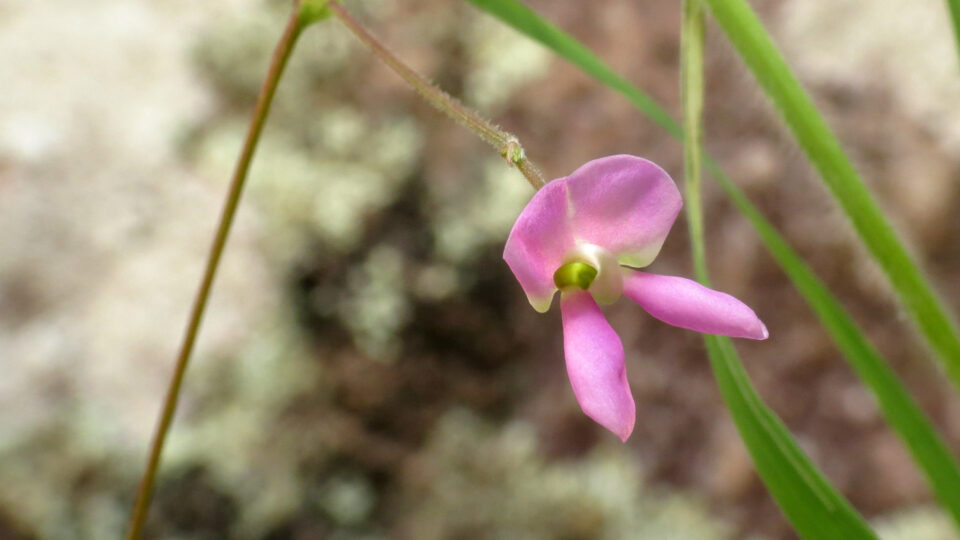Tepary beans are an ancient crop native to the northern part of Mexico and the southwestern part of the U.S.. They have been grown in those places by native peoples since pre-Columbian times. They are still grown in Native American reservations in Arizona’s Sonoran Desert. One can purchase them from some small farms in that region.
What sets tepary beans apart from other beans is that they are among the most drought- and heat-tolerant legume crops in the world. They can be grown without irrigation under conditions that are not viable for other crops. They can be consumed by people like many other kinds of beans, and they can also provide forage for livestock with better nutrition content than many other plants. They seem to be a very attractive option for a crop in the changing climate. What is lacking, at present, is large supplies of tepary seeds to be planted.
Researchers at Texas A&M have been funded to bring tepary beans into modern cropping systems and diets. The goal is to develop tepary bean cultivars with high biomass and yield that are still well-suited to drought and heat conditions. Getting the beans to the point of widespread commercialization will take several years. The end result should be of interest to pulse growers, seed industries, and food companies across the U.S.
Tepary beans are higher in fiber and protein than most other beans. They come in several different colors, each of which has unique flavor and texture characteristics. The white ones have a naturally sweet flavor. The brown beans are slightly nutty in flavor and are similar to pinto beans. If the Texas program is successful, we may all be eating tepary beans some day.
**********
Web Links
Tepary Beans Offer Producers A Low-Input, Climate-Resilient Legume Alternative
Photo, posted August 25, 2017, courtesy of Katja Schulz via Flickr.
Earth Wise is a production of WAMC Northeast Public Radio.
